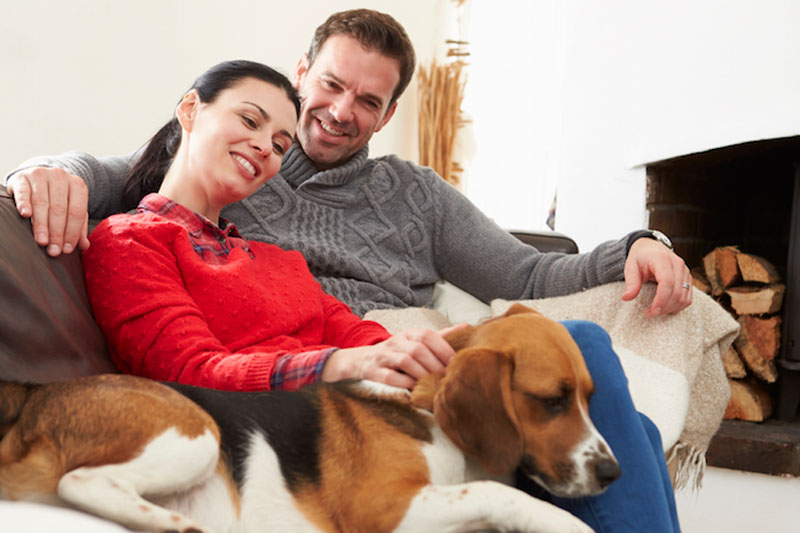
Having cozy heating and cooling in Thedford, Ontario, year-round appears to be a great approach. But actually, how can you maintain a cozy home while stopping energy costs from skyrocketing?
Keeping your home cozy when it’s cold isn’t as difficult as you may think. But occasionally you may require expert assistance if you’re finding hot and cold pockets. Or if your system doesn’t provide comfort like it previously did.
If you’re going through comfort problems or are looking for furnace repair, the heating and cooling professionals at Taylor's Heating & Air Conditioning can help. Contact us at 519-296-4437 to ask for an appointment right away.
For the time being, here are a couple of ideas on how to set your thermostat during the cooler months.
Lower Temps When You Go Out
Setting the thermostat back 10–15 degrees while you’re out for the day can save 5–15% on your energy costs, according to the Department of Energy. If your residence is empty most of the day, this is a great method to reduce expenses. And when you think about what even 5% could do for your energy expenses, that can make a big difference!
Lower Temperatures Why You Sleep
You can also lower the temp before you go to bed. It actually benefits more than only your energy expenses! A good temperature for going to bed is 60-67 degrees, according to the National Sleep Foundation. Your body gets colder naturally to help you fall asleep, so keeping your room chilly could help you fall asleep more quickly.
Install a Smart Thermostat
One point to think over if you don’t already have it—a smart thermostat. You won’t have to go over to the thermostat to adjust it. In reality, you can lower it from almost any location with your phone. A Wi-Fi thermostat also learns your family’s schedule and intuitively changes the temp to help you save more on energy costs.
Relax in a Cozier Home with Assistance from the Heating and Cooling Professionals
Even if you don’t make major changes to your temperature, a tiny adjustment can benefit your energy costs.
While you are controlling your thermostat, there are several other things to remember during the winter.
- Schedule an appointment for annual furnace maintenance. Heating service ensures your system is working appropriately and might help make your furnace more efficient.
- Inspect your filtration. If you don’t notice light through it, you’re due to get a new one.
Both of these things will help ensure your heating system is in peak form to keep your home warm.
If you need help putting in a smart thermostat or have furnace concerns, talk to the professionals at Taylor's Heating & Air Conditioning to get outstanding guidance. You can reach us at 519-296-4437 or request an appointment online.
